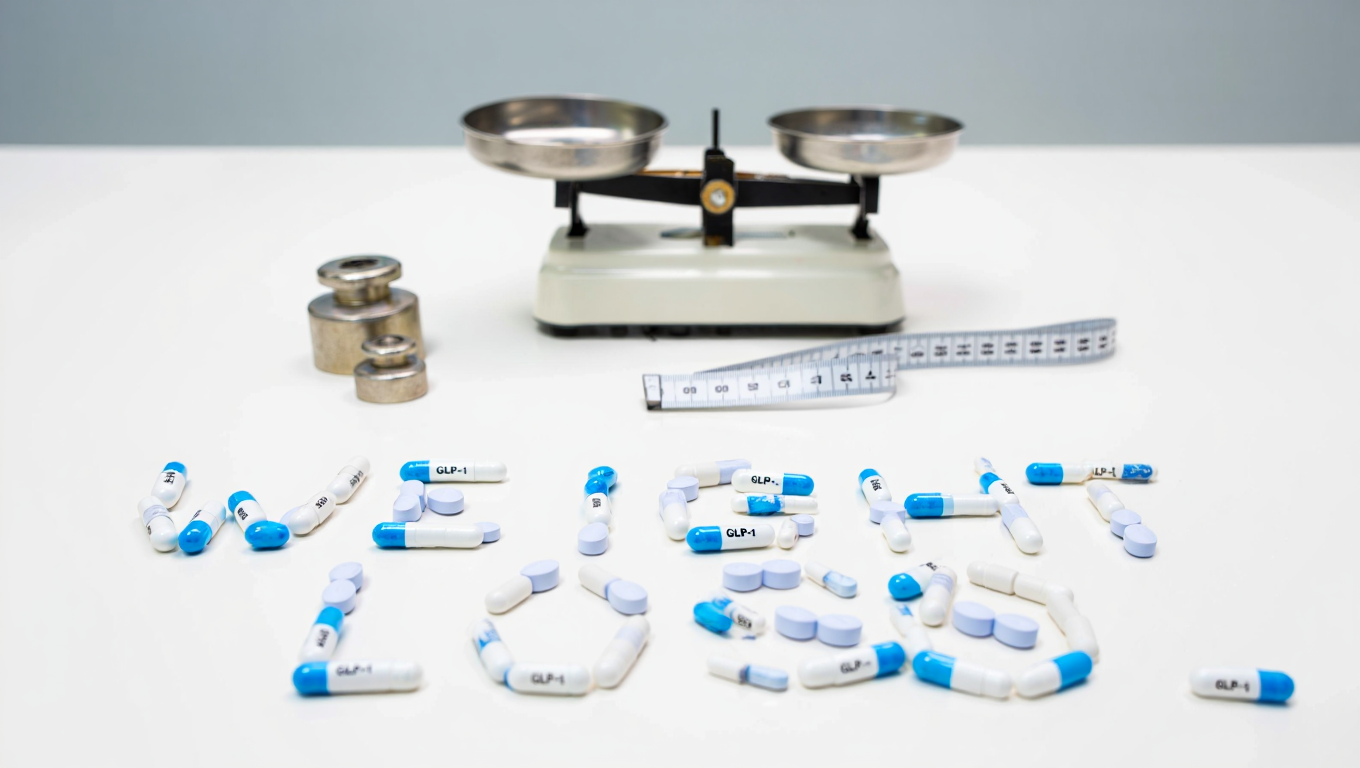
Beyond Bingo: How AI Is Redefining Senior Living in 2025

Senior living is standing at a powerful intersection: increasing demand, higher expectations, and breakthrough technology all converging to redefine what it means to age well.
Today’s older adults aren’t just looking for safety and comfort. They’re looking for connection, purpose, and the same digital conveniences they’ve grown used to in their daily lives. And communities that want to remain competitive must evolve accordingly.
According to a 2025 senior housing investor survey, 52% of respondents plan to increase investment in the sector this year, citing a rising need for proactive, tech-enabled care and wellness offerings that go beyond the basics . On the provider side, 76% of senior living leaders believe AI will play a transformative role in the next five years (source: Retirement Living Sourcebook) .
In short: innovation is no longer optional. It’s the foundation for delivering better outcomes, for residents, staff, and the bottom line.
A Connected Generation, Even at 75+
Forget the outdated stereotype of tech-averse seniors. Two-thirds of U.S. adults aged 50 and older purchased a new tech device in the past year, spending an average of $753, according to AARP . Whether it’s smart speakers, tablets, or wearable trackers, older adults are engaging with digital tools in growing numbers, and they increasingly expect the same digital fluency from the services around them.
This shift is reshaping senior living. Residents now arrive with stronger expectations for personalization, wellness tracking, and tech-enabled engagement. Communities that ignore this digital appetite risk falling behind.
The Wellness Gap That Innovation Must Fill
At the same time, the need for smarter wellness and prevention tools is urgent. One in three adults over 65 experiences mobility limitations, which doubles their risk of falling . And falls remain the leading cause of injury-related death for older adults, with 1 in 4 falling each year (https://www.cdc.gov/falls/data-research/facts-stats/index.html).
These statistics aren’t just clinical, they’re operational and financial. Falls contribute to hospitalizations, higher care costs, and increased staff stress. And more importantly, they impact resident confidence, participation, and quality of life.
Four Tech Trends Reshaping Senior Wellness
To meet this challenge, a wave of digital innovation is making its way into senior living communities. The most forward-thinking operators are already investing in:
1. AI-Based Motion Intelligence
Gone are the days when assessing physical ability required cumbersome equipment or subjective observation. Today’s AI-driven systems can measure balance, strength, and mobility in real time, often using nothing more than a tablet camera.
One such solution, Sency, offers a 4-minute, full-body movement assessment using a single iPad. It tracks key movement patterns like squats, balance shifts, and shoulder mobility, providing an instant score with no wearables or markers required. This kind of tool empowers staff to catch early signs of decline and personalize wellness programs, without adding burden to their workflow.
2. Predictive Analytics for Care Personalization
According to a recent Senior Housing News survey, 70% of senior living operators already use or plan to use AI for predictive analytics, up from 61% the previous year . From forecasting falls to identifying early signs of chronic conditions, data-driven insights are driving smarter decision-making and resource allocation.
3. Wearables & Remote Monitoring
Older adults are becoming increasingly open to sharing their health data to improve outcomes. A Front Porch Center study found that most residents were comfortable with wearable-generated health insights, particularly when it came to fall prevention and chronic condition tracking .
4. Wellness-Centered Environments with Data Dashboards
From smart gyms to progress-tracking dashboards, communities are rethinking wellness programming with a focus on evidence-based design. These features not only improve engagement but also offer clear differentiation in a competitive market.
What a Smarter Wellness Journey Looks Like – Powered by Sency
At the heart of these innovations is a move toward proactive, measurable wellness, something Sency helps communities deliver from day one.
With just one iPad, wellness staff can perform a 4-minute movement assessment that evaluates a resident’s functional ability across multiple metrics. The system scores balance, lower-body strength, and range of motion in an objective, standardized way, without needing to hook up wearables or invest in expensive gym equipment.
Here’s how communities are using it:
- Initial baseline scan upon move-in or program start
- Personalized programming, guided by assessment results
- Monthly rescans that show progress or flag early signs of regression
- Resident-facing reports that help maintain motivation and participation
- Staff dashboards that track trends across the community
- Leadership insights to support marketing, care planning, and partnerships

Communities using Sency report stronger engagement in wellness programs, improved motivation among residents, and better staff confidence in tailoring interventions. More importantly, Sency makes prevention scalable, a crucial factor when resources are tight and staffing challenges persist.
From Amenities to Outcomes
Technology in senior living is evolving fast, from fun “nice-to-haves” like voice assistants and digital art to mission-critical tools for health, mobility, and care delivery.
Motion intelligence, AI assessments, and data-driven personalization aren’t fringe ideas anymore, they’re becoming core infrastructure. And with tools like Sency, the barrier to entry has never been lower.
Communities that embrace these innovations today will be tomorrow’s leaders. They won’t just keep residents safer, they’ll help them thrive.
Interested in Learning More?
If you’re exploring new ways to modernize your community’s wellness approach, Sency’s AI-powered assessment platform might be worth a closer look.
Visit sency.ai and reach out to schedule a live demo with our team.
.png)






.svg)
